TikTok's Influence On Navigating Trump's Trade Policies

Table of Contents
TikTok as a Source of Information and Misinformation Regarding Trade Policies
TikTok's short, engaging video format made it a surprisingly effective platform for discussing complex economic issues like Trump's trade policies. Users consumed information about tariffs, trade deals, and their consequences through various content types. Viral videos offered simplified explanations of tariffs, sometimes accurately, sometimes not. Misleading narratives, often presented as humor or opinion, easily spread due to the platform's virality. Conversely, user-generated content showcased a wide range of viewpoints, from passionate support to vehement opposition to the policies. Influencers, with their significant followings, played a key role in shaping public understanding, often influencing opinions through their interpretations of news and events.
- Viral videos explaining tariffs: Many videos attempted to break down complex economic concepts into easily digestible formats. However, accuracy varied widely.
- Misleading narratives about trade deal impacts: Sensationalized or biased content often thrived, exaggerating negative or positive impacts to generate engagement.
- User-generated content reflecting diverse viewpoints: TikTok provided a platform for individuals to share their personal experiences and opinions, creating a rich (though potentially biased) tapestry of perspectives.
- Impact of influencer opinions on trade policy understanding: Popular TikTok personalities, regardless of their economic expertise, heavily influenced their followers' perceptions of the trade wars.
The Impact of TikTok's Algorithmic Filtering on Exposure to Trade Policy Information
TikTok's algorithm, designed to maximize user engagement, played a crucial role in shaping individual exposure to information about Trump's trade policies. This personalization, while enhancing user experience, led to the formation of echo chambers and filter bubbles. Users primarily encountered content reinforcing their pre-existing beliefs, limiting exposure to diverse perspectives and potentially hindering a nuanced understanding of the trade wars.
- Personalization of content feeds: The algorithm tailored each user's feed based on their viewing history, preferences, and interactions, potentially isolating them within an echo chamber.
- Algorithmic biases and their effect on information access: The algorithm’s inherent biases could have inadvertently amplified certain viewpoints while suppressing others, skewing the information landscape.
- Limited exposure to opposing viewpoints: This limited exposure hindered informed decision-making and critical thinking about the economic implications of the trade policies.
- Impact on formation of public opinion: The algorithmic filtering significantly impacted the formation of public opinion, potentially shaping views based on limited and biased information.
TikTok's Role in Mobilizing Public Opinion Regarding Trump's Trade Policies
TikTok users actively employed the platform to express their opinions on Trump's trade wars. Hashtags became rallying points for like-minded individuals, facilitating the organization and amplification of voices. Challenges and trends further fueled discussions, turning the platform into a space for collective action and political expression. This mobilization had the potential to influence both consumer behavior and political discourse.
- Hashtag activism related to trade policies: Specific hashtags became focal points for expressing support or opposition to various trade policies.
- Formation of online communities supporting/opposing specific policies: These online communities fostered a sense of belonging and amplified shared opinions.
- Influence on consumer behavior related to imported goods: TikTok discussions could have directly influenced consumer choices regarding imported products, reflecting the public's response to trade policies.
- Potential for impacting elections through shaping public opinion: The platform's capacity to mobilize and influence opinion held the potential to sway electoral outcomes.
Comparing TikTok's Influence to Traditional Media Outlets in Covering Trump's Trade Policies
Comparing TikTok's coverage of Trump's trade policies with traditional media outlets like newspapers and television reveals significant differences. While traditional media offered in-depth analysis and nuanced reporting, TikTok provided rapid, accessible, and often emotionally charged content. This contrast highlights the strengths and weaknesses of each platform in conveying complex information and shaping public opinion. A multi-platform approach is necessary for a comprehensive understanding.
- Accessibility and speed of information dissemination on TikTok vs. traditional media: TikTok’s speed and accessibility surpassed traditional media, although at the cost of depth and accuracy.
- Differences in depth and nuance of reporting: Traditional media offered more detailed analyses, while TikTok often prioritized brevity and emotional impact.
- Comparison of audience reach and engagement: TikTok’s younger demographic contrasted sharply with the broader audience of traditional media, leading to varied impacts on public perception.
- Impact of different communication styles on public understanding: The concise, visually-driven format of TikTok differed significantly from the textual and analytical style of traditional media, leading to diverse levels of public understanding.
Conclusion: Understanding TikTok's Influence on the Perception of Trump's Trade Policies – A Call to Action
TikTok's influence on public perception of Trump's trade policies is undeniable. The platform served as a significant source of both information and misinformation, with its algorithm shaping individual exposure and contributing to the formation of echo chambers. The platform’s role in mobilizing public opinion and its unique characteristics, compared to traditional media, must be carefully considered. Understanding social media’s impact on economic and political discourse is paramount. Media literacy and critical engagement with online information are essential for navigating the complex information landscape. We encourage readers to engage critically with information found on TikTok and other social media platforms, particularly regarding trade policies and other crucial issues. Further research into the impact of social media on economic policy is crucial to understanding the complex interplay between platforms like TikTok and the shaping of public policy.

Featured Posts
-
 Google Faces Doj In Court Renewed Fight Over Search Monopoly
Apr 22, 2025
Google Faces Doj In Court Renewed Fight Over Search Monopoly
Apr 22, 2025 -
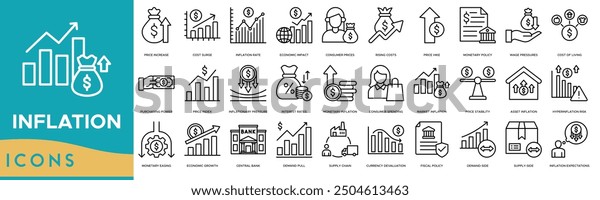 V Mware Cost Surge At And T Reports 1 050 Price Hike From Broadcom
Apr 22, 2025
V Mware Cost Surge At And T Reports 1 050 Price Hike From Broadcom
Apr 22, 2025 -
 Gambling On Natural Disasters The Troubling Trend Of Betting On The Los Angeles Wildfires
Apr 22, 2025
Gambling On Natural Disasters The Troubling Trend Of Betting On The Los Angeles Wildfires
Apr 22, 2025 -
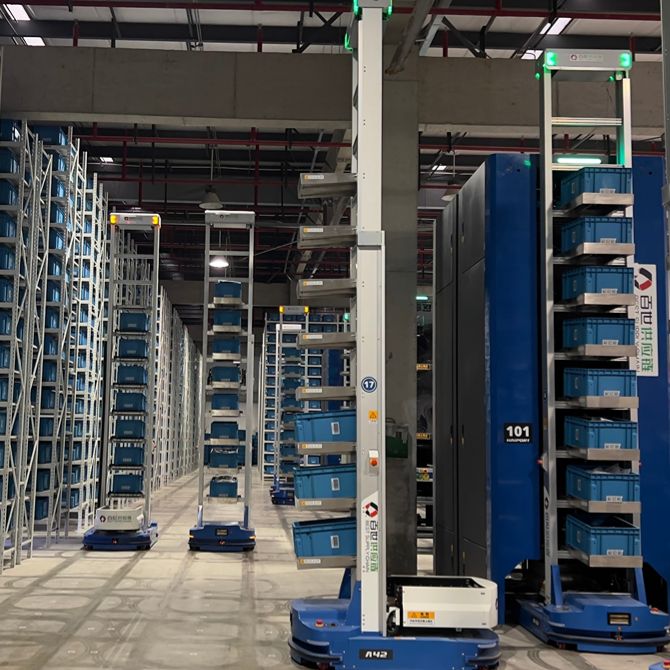 Robotics In Footwear The Hurdles To Automated Nike Production
Apr 22, 2025
Robotics In Footwear The Hurdles To Automated Nike Production
Apr 22, 2025 -
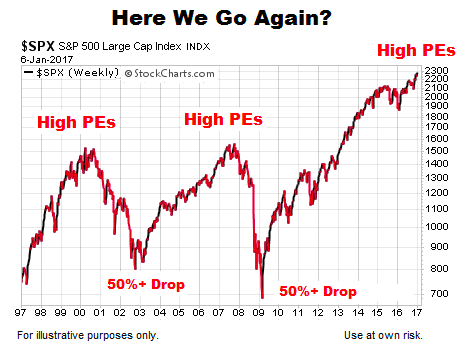 Why Investors Shouldnt Fear High Stock Market Valuations Bof As Perspective
Apr 22, 2025
Why Investors Shouldnt Fear High Stock Market Valuations Bof As Perspective
Apr 22, 2025
Latest Posts
-
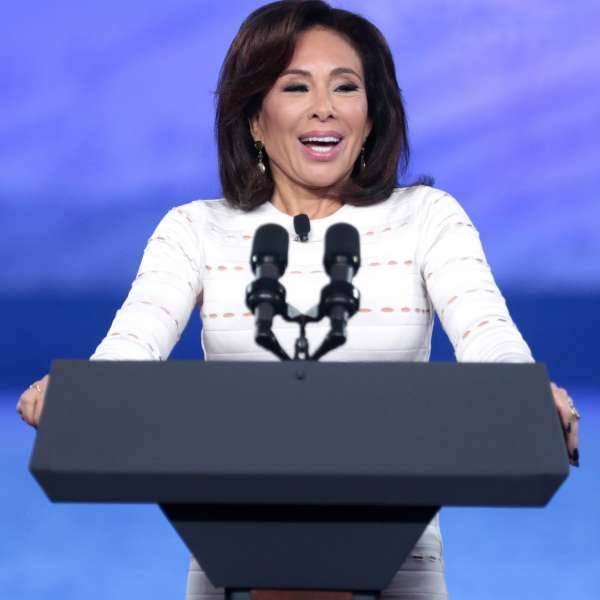 Jeanine Pirro From Fox News To Potential Dc Prosecutor Under Trump
May 10, 2025
Jeanine Pirro From Fox News To Potential Dc Prosecutor Under Trump
May 10, 2025 -
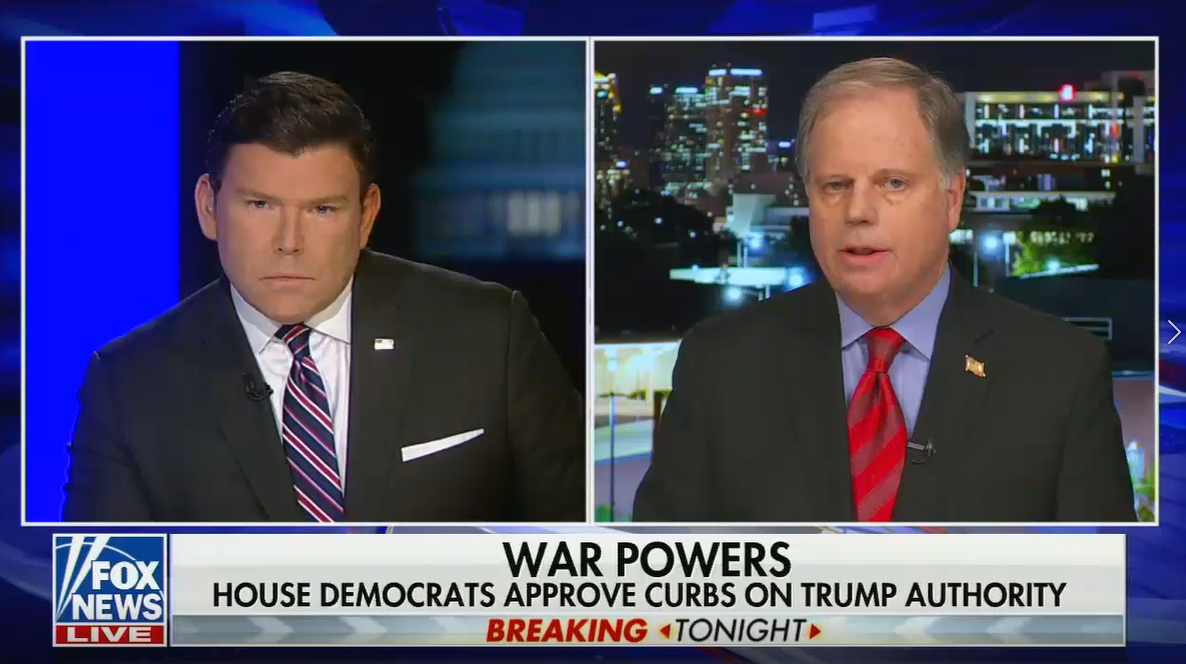 Fox News Hosts Sharp Rebuttal To Colleagues Trump Tariff Comments
May 10, 2025
Fox News Hosts Sharp Rebuttal To Colleagues Trump Tariff Comments
May 10, 2025 -
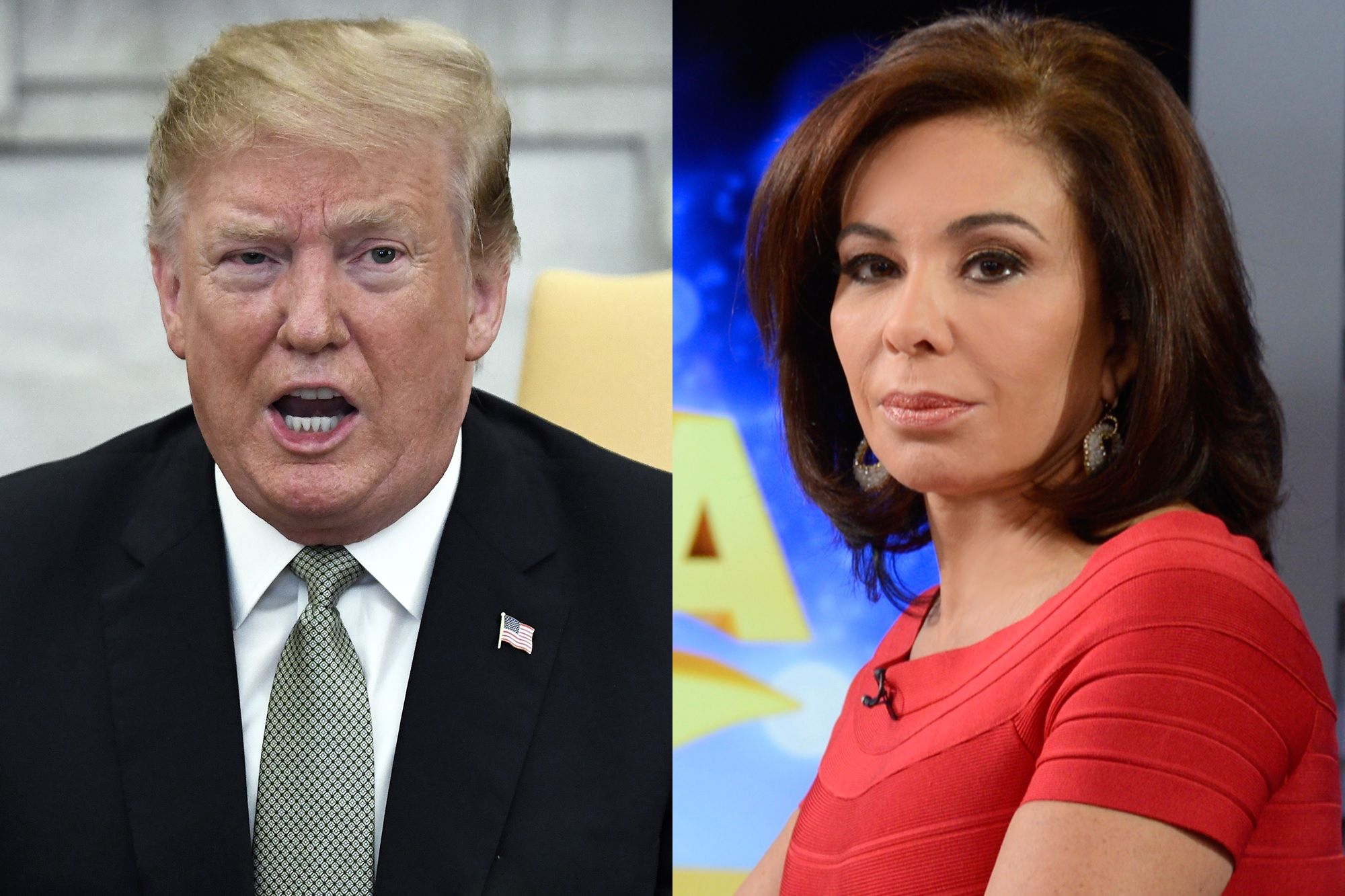 Fox News Jeanine Pirro Trumps New D C Prosecutor
May 10, 2025
Fox News Jeanine Pirro Trumps New D C Prosecutor
May 10, 2025 -
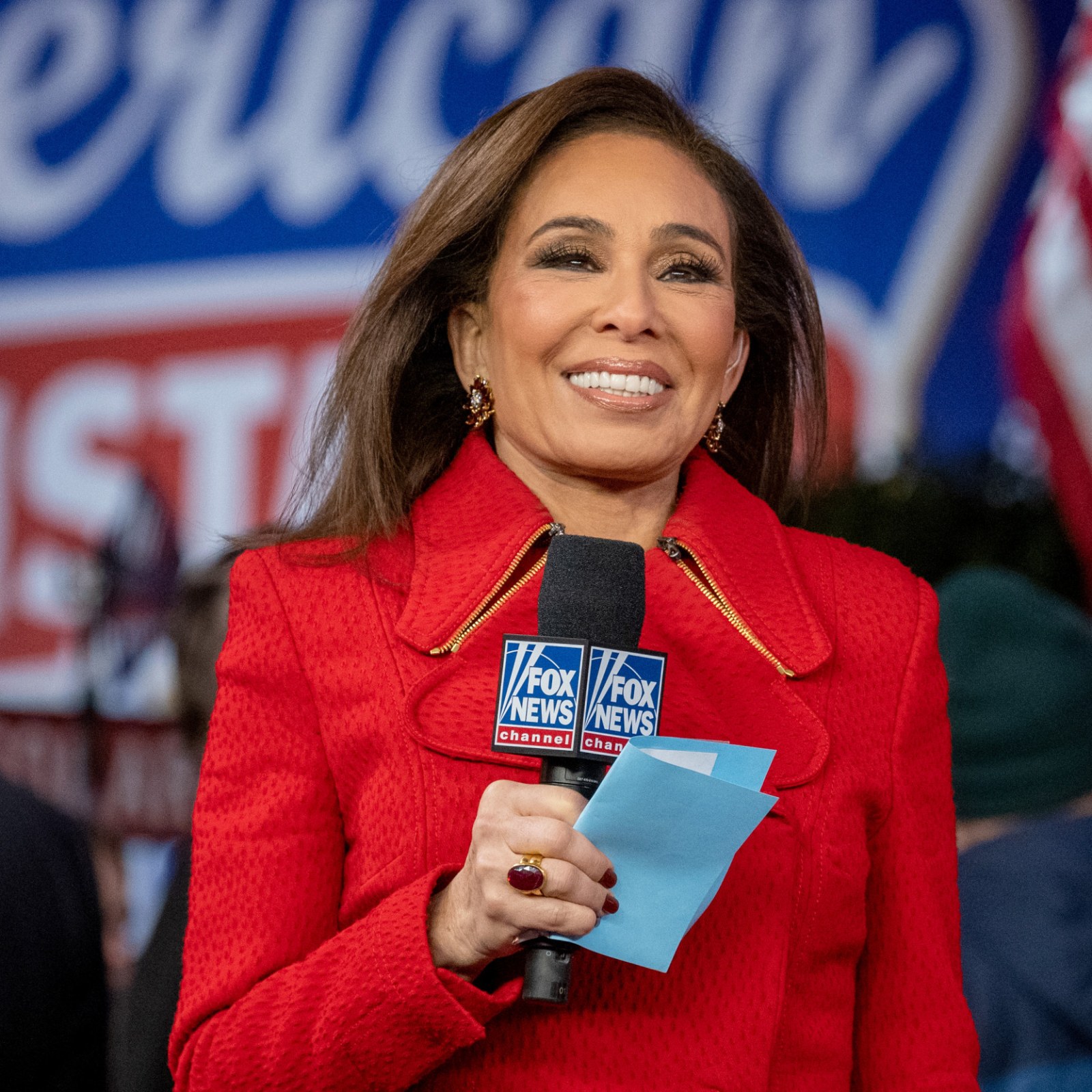 Jeanine Pirro Exploring Her Background Achievements And Net Worth
May 10, 2025
Jeanine Pirro Exploring Her Background Achievements And Net Worth
May 10, 2025 -
 Trumps D C Prosecutor Choice Jeanine Pirro
May 10, 2025
Trumps D C Prosecutor Choice Jeanine Pirro
May 10, 2025
